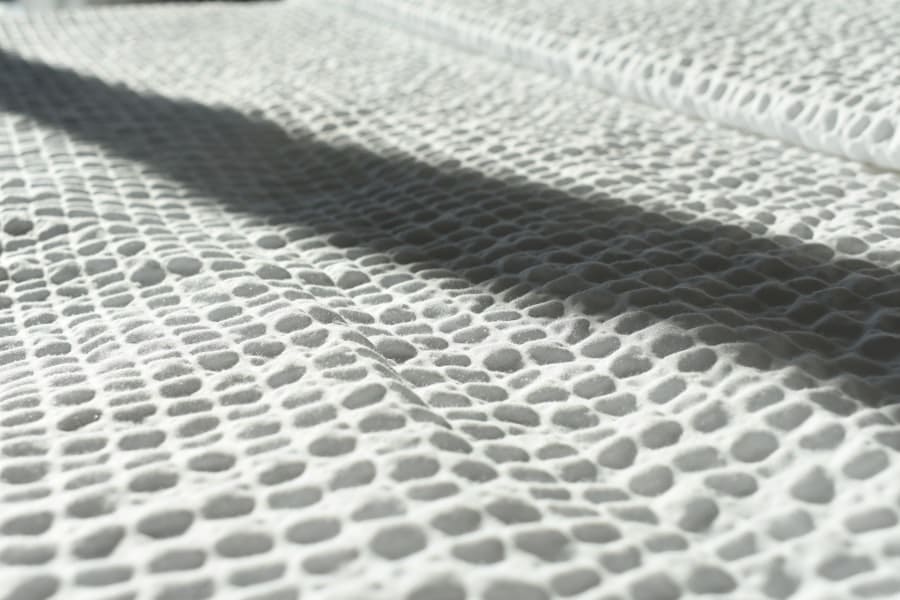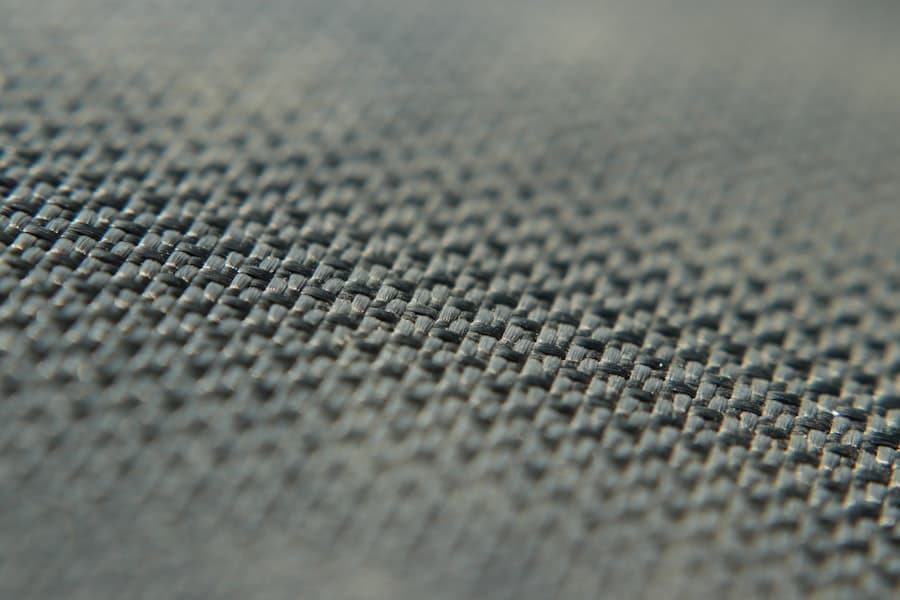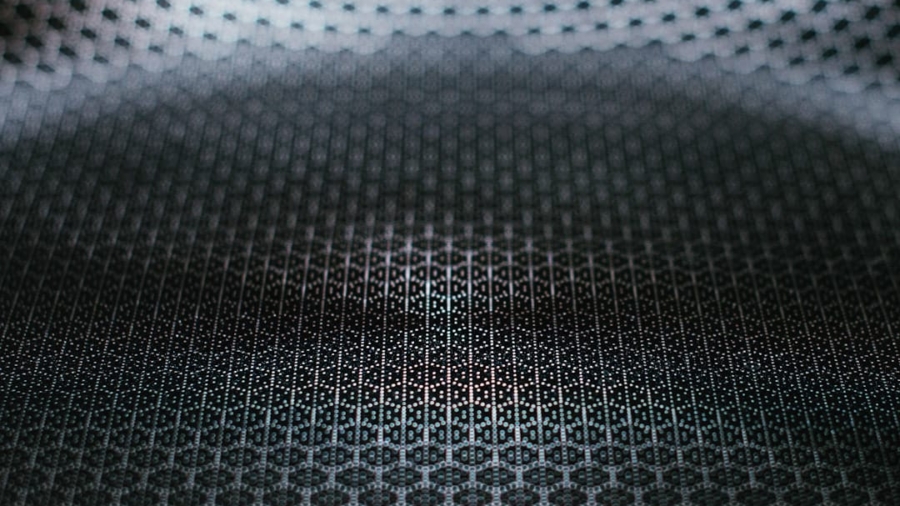Smart fabrics, also known as e-textiles or intelligent textiles, represent a significant evolution in the textile industry, merging traditional fabric with advanced technology. These materials are designed to sense and respond to environmental stimuli, such as temperature, moisture, and pressure. The integration of electronics into textiles allows for a wide range of functionalities, from health monitoring to enhanced comfort and performance in clothing.
As the demand for innovative solutions in various sectors grows, smart fabrics are becoming increasingly relevant, particularly in the realms of fashion, sports, healthcare, and military applications. The development of smart fabrics is not merely a technological advancement; it also reflects a broader shift towards sustainability and efficiency in the textile industry. With growing concerns about environmental degradation and resource depletion, the need for textiles that can adapt to user needs while minimizing waste has never been more pressing.
Smart fabrics can potentially address these challenges by offering solutions that extend the lifecycle of garments, reduce the need for frequent replacements, and promote responsible consumption patterns. As we delve deeper into the implications of smart fabrics, it becomes clear that they hold the potential to reshape not only how we wear clothing but also how we think about textile production and waste management.
Key Takeaways
- Smart fabrics are textiles that have been enhanced with technology to provide additional functionalities such as monitoring, sensing, and responding to environmental conditions.
- Textile waste has a significant impact on the environment, contributing to pollution, resource depletion, and greenhouse gas emissions.
- Smart fabrics are revolutionizing the textile industry by offering sustainable solutions to reduce waste, improve product lifespan, and enhance performance.
- Using smart fabrics can help reduce textile waste by extending the lifespan of products, enabling recycling, and minimizing the need for additional materials.
- Innovative smart fabrics, such as biodegradable textiles and self-cleaning fabrics, offer environmental benefits by reducing the use of harmful chemicals and promoting sustainable practices.
The Impact of Textile Waste on the Environment
The textile industry is one of the most polluting sectors globally, contributing significantly to environmental degradation. It is estimated that around 92 million tons of textile waste are generated each year, with a substantial portion ending up in landfills. This waste not only occupies valuable land but also releases harmful chemicals and greenhouse gases as it decomposes.
The production processes involved in creating textiles are resource-intensive, consuming vast amounts of water, energy, and raw materials. For instance, producing a single cotton t-shirt requires approximately 2,700 liters of water—enough for one person to drink for two and a half years. Moreover, the fast fashion phenomenon exacerbates the problem of textile waste.
With consumers increasingly seeking trendy clothing at low prices, garments are often discarded after only a few wears. This throwaway culture leads to a cycle of overproduction and overconsumption that is unsustainable in the long run. The environmental impact is further compounded by the use of synthetic fibers, which are derived from petroleum and can take hundreds of years to decompose.
How Smart Fabrics Are Revolutionizing the Textile Industry

Smart fabrics are poised to revolutionize the textile industry by introducing functionalities that go beyond traditional uses. These fabrics can incorporate sensors and actuators that enable them to monitor various parameters such as body temperature, heart rate, and even environmental conditions. For example, smart athletic wear can adjust its breathability based on the wearer’s body temperature, enhancing comfort during physical activities.
This adaptability not only improves user experience but also encourages longer use of garments, thereby reducing waste. In addition to enhancing performance, smart fabrics can also facilitate better recycling processes. Some innovative textiles are designed to be disassembled easily or made from biodegradable materials, making them more suitable for circular economy practices.
By integrating technology into textiles, manufacturers can track the lifecycle of their products more effectively, allowing for better management of resources and waste. This shift towards a more data-driven approach in textile production can lead to more sustainable practices and a reduction in the overall environmental impact of the industry.
Advantages of Using Smart Fabrics in Reducing Textile Waste
One of the primary advantages of smart fabrics is their potential to significantly reduce textile waste through enhanced durability and functionality. By incorporating features that allow garments to adapt to various conditions, these fabrics can extend the lifespan of clothing items. For instance, smart textiles that regulate temperature can reduce the need for multiple layers or additional garments, leading to fewer purchases over time.
This not only saves consumers money but also lessens the demand for new textiles. Furthermore, smart fabrics can facilitate better maintenance and care of garments. Some e-textiles are equipped with self-cleaning properties or indicators that signal when a garment needs washing.
This capability can lead to reduced water usage and energy consumption associated with laundry processes. Additionally, by minimizing wear and tear through advanced materials and construction techniques, smart fabrics can help maintain the integrity of clothing items for longer periods. As a result, consumers may find themselves discarding fewer items, contributing to a decrease in overall textile waste.
Examples of Innovative Smart Fabrics and Their Environmental Benefits
Several innovative smart fabrics have emerged in recent years that exemplify the potential environmental benefits of this technology. One notable example is the use of phase change materials (PCMs) in textiles. These materials can absorb, store, and release heat as needed, allowing garments to maintain a comfortable temperature without excessive layering or energy consumption for heating or cooling.
Another example is the development of biodegradable smart textiles that incorporate organic materials and electronic components designed to decompose naturally at the end of their lifecycle. Companies like BioLogic have created fabrics that integrate sensors while remaining environmentally friendly.
These textiles can monitor health metrics without contributing to long-term waste issues associated with traditional synthetic fibers. By focusing on sustainability from both a functional and material perspective, these innovations demonstrate how smart fabrics can align with eco-friendly practices while still providing advanced capabilities.
Challenges and Limitations of Implementing Smart Fabrics in Reducing Textile Waste

Cost Barriers
One significant hurdle is the cost associated with developing and producing these advanced textiles. The integration of electronics into fabrics often requires specialized manufacturing processes and materials that can drive up prices compared to conventional textiles. This cost barrier may deter consumers from investing in smart clothing, particularly in markets where price sensitivity is high.
Durability Concerns
Additionally, there are concerns regarding the durability and longevity of smart fabrics. While many e-textiles are designed to withstand regular wear and tear, the integration of electronic components can sometimes compromise their resilience compared to traditional materials. Issues such as washing compatibility and exposure to environmental factors can affect performance over time.
Addressing Concerns through Innovation
Manufacturers must address these concerns through rigorous testing and innovation to ensure that smart fabrics can meet consumer expectations for durability while still providing their intended benefits.
The Future of Smart Fabrics and Sustainable Fashion
The future of smart fabrics appears promising as advancements in technology continue to evolve alongside growing consumer awareness about sustainability. As more brands recognize the importance of eco-friendly practices, there is an increasing push towards integrating smart textiles into their product lines. This trend aligns with a broader movement towards sustainable fashion that prioritizes ethical production methods and responsible consumption.
Moreover, collaborations between tech companies and fashion brands are likely to accelerate innovation in this space. By pooling resources and expertise, these partnerships can lead to breakthroughs in material science and design that enhance both functionality and sustainability. As consumers become more educated about the environmental impact of their choices, demand for smart fabrics that offer both performance benefits and eco-friendly attributes will likely increase.
This shift could pave the way for a new era in fashion where sustainability is not just an afterthought but a core principle guiding design and production.
The Role of Smart Fabrics in Creating a Circular Economy for Textile Industry
Smart fabrics hold significant promise in fostering a circular economy within the textile industry by promoting sustainable practices throughout the lifecycle of garments. By extending product longevity through advanced functionalities and facilitating better recycling processes, these innovative textiles can help mitigate the environmental impact associated with traditional textile production and consumption patterns. As technology continues to advance and consumer preferences shift towards sustainability, smart fabrics will play an increasingly vital role in shaping a more responsible future for fashion.
The integration of smart textiles into everyday clothing not only enhances user experience but also encourages mindful consumption habits among consumers. As awareness grows regarding the environmental challenges posed by textile waste, smart fabrics offer tangible solutions that align with both consumer needs and ecological imperatives. In this evolving landscape, embracing smart fabrics could be key to transforming the textile industry into a more sustainable model that prioritizes both innovation and environmental stewardship.
A related article to How Smart Fabrics Are Reducing Textile Waste is “The Best Laptops for Graphic Design in 2023” which discusses the top laptops that are ideal for graphic designers. These laptops are equipped with powerful processors and high-resolution displays to handle graphic design software efficiently. To read more about the best laptops for graphic design, check out the article here.
FAQs
What are smart fabrics?
Smart fabrics are textiles that have been enhanced with technology to provide additional functionalities such as moisture-wicking, temperature regulation, and even the ability to monitor health metrics.
How are smart fabrics reducing textile waste?
Smart fabrics are reducing textile waste by increasing the longevity of clothing through features like stain resistance and odor control, which can reduce the frequency of washing and extend the lifespan of garments. Additionally, smart fabrics can be designed to be recyclable or biodegradable, further reducing the environmental impact of textile waste.
What are some examples of smart fabrics?
Examples of smart fabrics include those with built-in UV protection, antimicrobial properties, and moisture management capabilities. There are also smart fabrics that incorporate electronic components for purposes such as monitoring body temperature or providing haptic feedback.
How do smart fabrics contribute to sustainability?
Smart fabrics contribute to sustainability by promoting the use of durable, long-lasting materials that reduce the need for frequent replacement. Additionally, certain smart fabrics are designed to be produced using eco-friendly processes and materials, further reducing their environmental impact.
Are smart fabrics widely available in the market?
While smart fabrics are gaining traction in the market, they are not yet as widely available as traditional textiles. However, as technology continues to advance and consumer demand for sustainable and functional clothing grows, the availability of smart fabrics is expected to increase.

